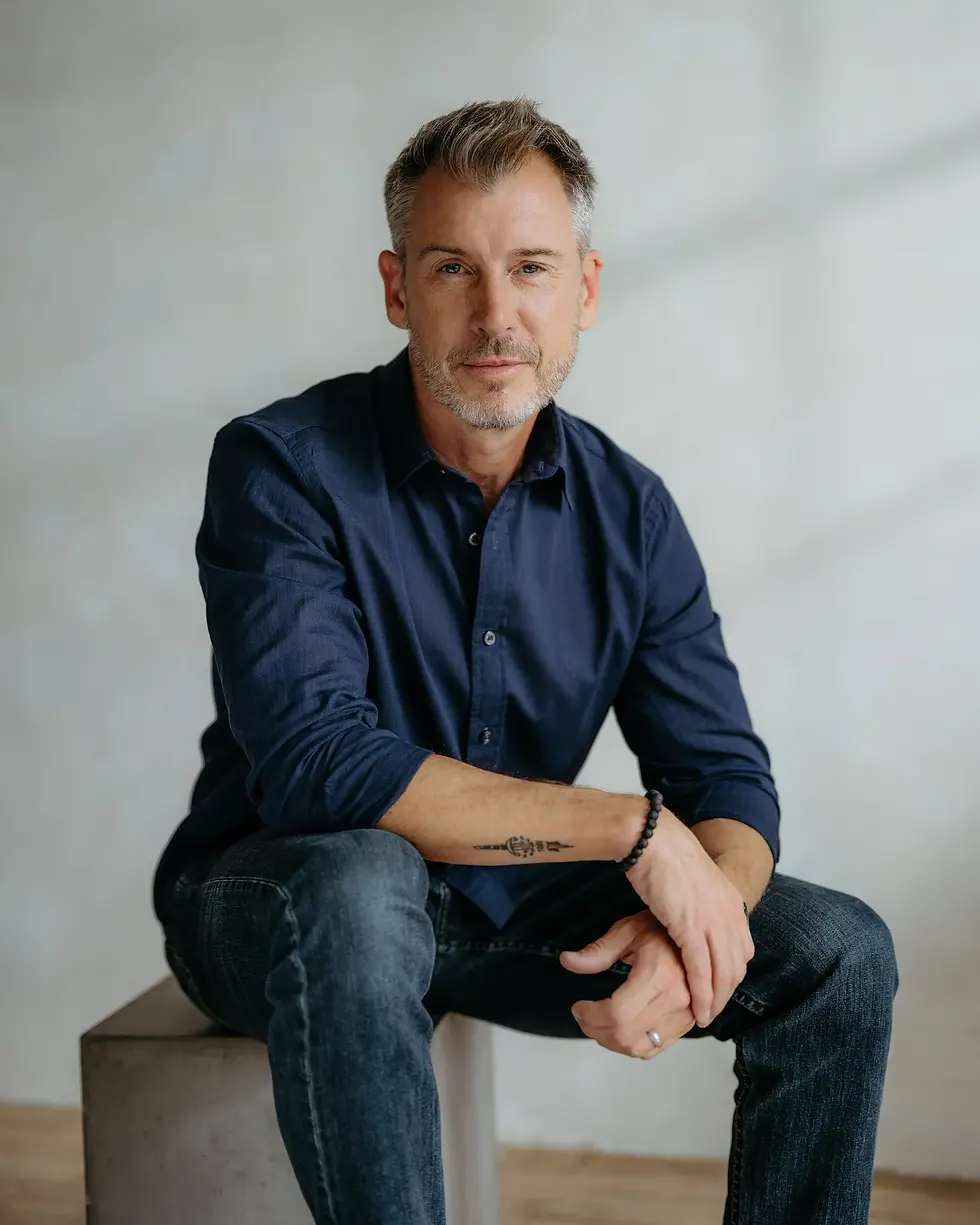Fashion Industry Faces Leadership Overhaul: Inside the Summer 2025 CEO Shakeup
- Maanya Baranwal

- Oct 26
- 3 min read
The summer of 2025 brought a surprising wave of CEO changes across the global fashion and beauty landscape. From heritage luxury houses like Valentino and Thom Browne to newer icons like Glossier and even the British Fashion Council itself, the industry saw a cascade of executive turnovers that point to deep structural shifts within fashion’s business model. At the heart of this upheaval lies a shared challenge: how to lead through economic slowdown, changing consumer behaviors, and the next phase of digital transformation.
The Broader Picture: Why So Many CEOs Now?
Five years ago, the fashion industry was riding high on post-pandemic recovery and global demand. Now, it’s facing a cooling market. Analysts have cited several overlapping forces behind this sudden leadership churn:
Luxury market slowdown. Growth in the U.S. and China, the two largest luxury markets, has softened, squeezing margins and dampening investor confidence. Kering’s lagging sales at Gucci and Saint Laurent exemplify this wider slump.
The search for new skill sets. Boards are seeking leaders who can balance artistry with operational efficiency. Executives with backgrounds in retail, digital transformation, and global supply chains are in demand, even in traditionally insular luxury sectors.
Creative and commercial realignment. Many brands have recently changed creative directors; matching that creative renewal with business leadership is crucial. Valentino, for instance, paired its appointment of Alessandro Michele as creative director with the hiring of a seasoned business strategist.
Business model pivots. Beauty and direct-to-consumer brands like Glossier are moving from digital-native identities toward omnichannel expansion, requiring different types of executives to steer their growth.
Institutional evolution. Even non-commercial bodies such as the British Fashion Council are rethinking their leadership in response to funding pressures, global competition, and the need for sustainable fashion weeks.
Key Transitions Explained

Valentino
In August 2025, Jacopo Venturini stepped down after five years as Valentino’s CEO. The brand swiftly appointed Riccardo Bellini, known for his tenures at Maison Margiela and Chloé. The move comes as Valentino navigates ownership changes: Kering is set to take a full stake by 2028 and seeks to stabilize after a 2024 sales decline. Bellini’s appointment signals a dual focus on operational discipline and creative synergy.

Thom Browne
Thom Browne’s previous CEO, Rodrigo Bazan, exited amid disappointing sales figures. The brand named Sam Lobban, a former Nordstrom executive, as his replacement. The decision underscores a strategic shift toward strengthening retail and wholesale channels in an increasingly cautious luxury environment.

Glossier
After leading Glossier through its transition from a direct-to-consumer model to a global retail presence, CEO Kyle Leahy announced her exit. Colin Walsh, formerly of Procter & Gamble and Ouai, took the reins in October 2025. The change reflects Glossier’s maturation from cult startup to corporate beauty player competing with global giants.

Kering
Perhaps the most significant move came from Kering, where long-time chief François-Henri Pinault handed the reins to Luca de Meo, former CEO of Renault. The appointment of a non-fashion veteran shocked many, but the logic is clear: Kering is betting on operational rigor and fresh perspective to revive faltering brands like Gucci and Balenciaga.

British Fashion Council
The BFC, which governs London Fashion Week and supports British designers, appointed Laura Weir as CEO following Caroline Rush’s long tenure. The leadership change comes with sweeping reforms which includes eliminating designer participation fees and increasing show funding to revitalize London’s status on the global fashion stage.
A Turning Point for Fashion Leadership
The convergence of these leadership changes suggests that the industry is entering a new era. The age of the visionary fashion executive— charismatic, creative, and brand-obsessed— is giving way to a hybrid archetype: pragmatic, cross-industry, and data-savvy. In 2025, the CEO’s job is no longer just about maintaining glamour, but about sustaining growth and relevance in an uncertain world.
For luxury conglomerates like Kering, success will hinge on managing sprawling portfolios efficiently. For independents like Thom Browne and Valentino, survival depends on tight creative-commercial alignment. And for next-gen companies like Glossier, the question remains whether fresh leadership can scale the brand without diluting its once iconic identity. Summer 2025’s CEO shake-up is more than a changing of the guards— it’s a sign of fashion’s reckoning with its future.
References
https://www.modaes.com/global/companies/thom-browne-renews-its-management-with-sam-lobban-as-new-ceo
https://www.voguebusiness.com/story/companies/valentino-taps-riccardo-bellini-as-ceo
https://fashionista.com/2019/02/sam-lobban-nordstrom-vp-mens-fashion-career
https://wwd.com/beauty-industry-news/fragrance/glossier-new-ceo-ouai-1238137248/



Comments